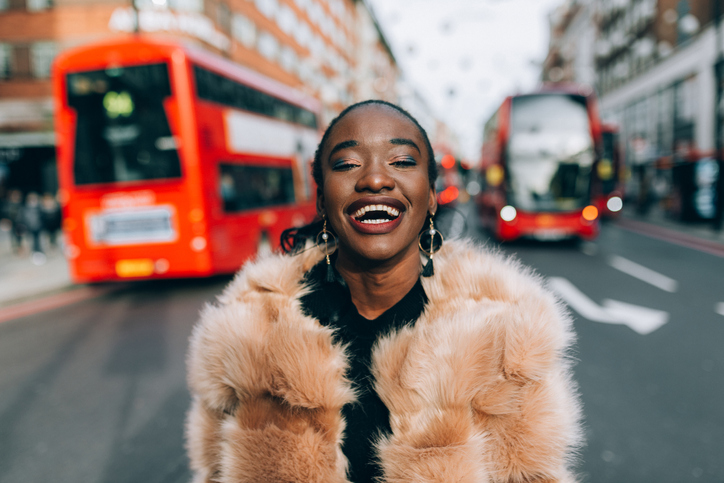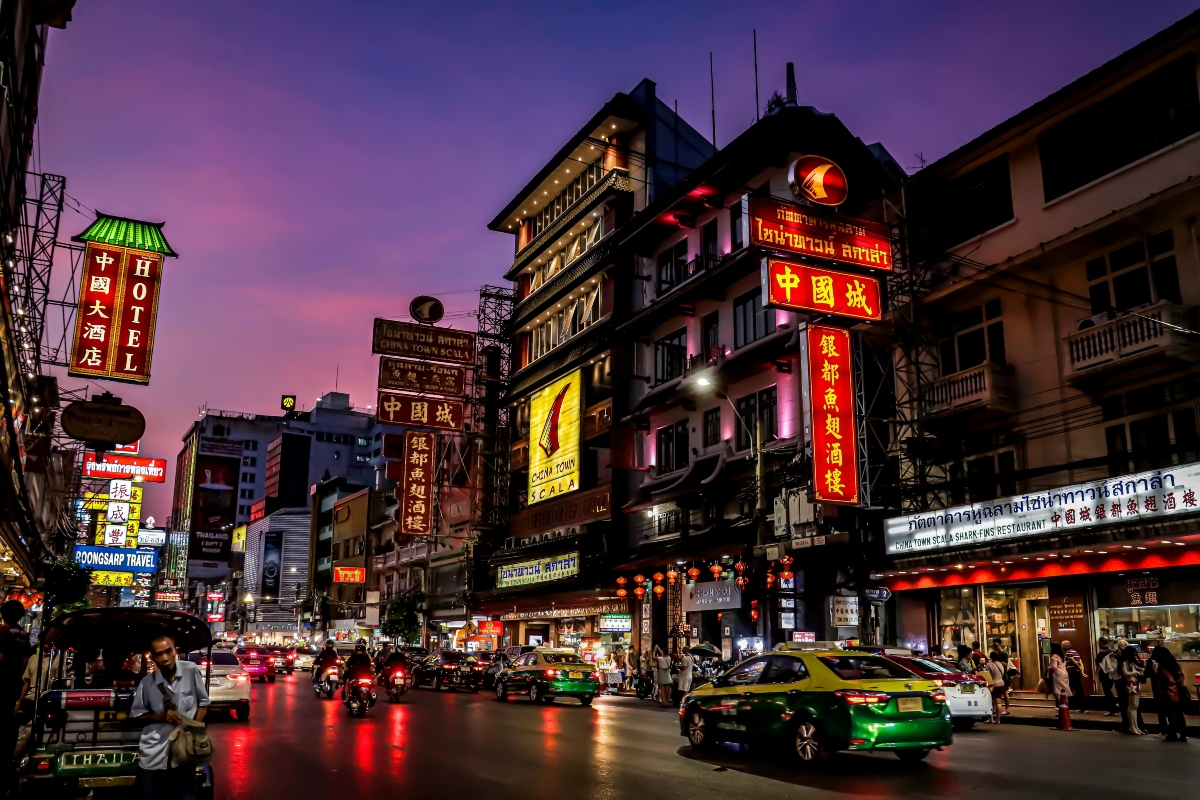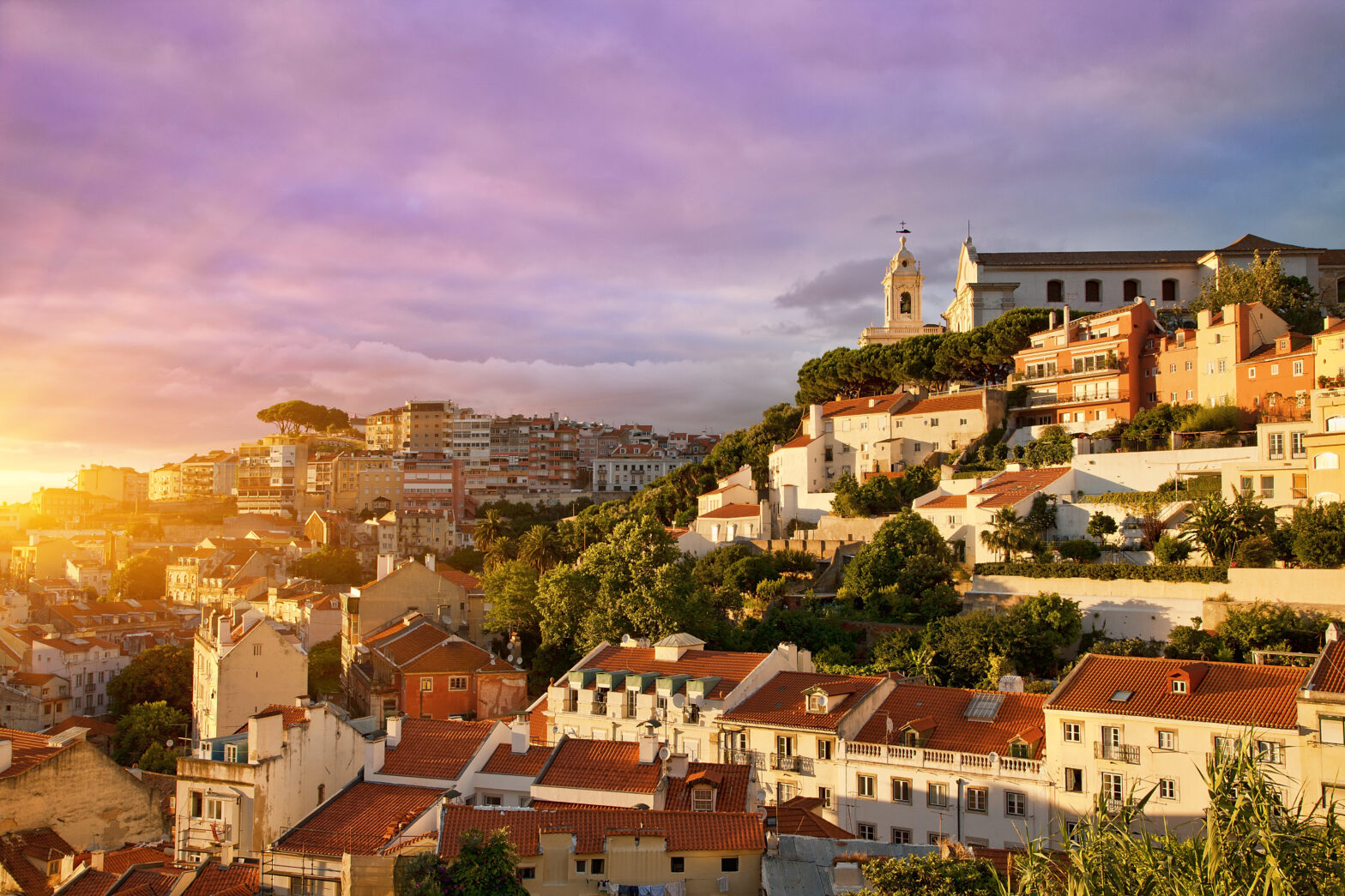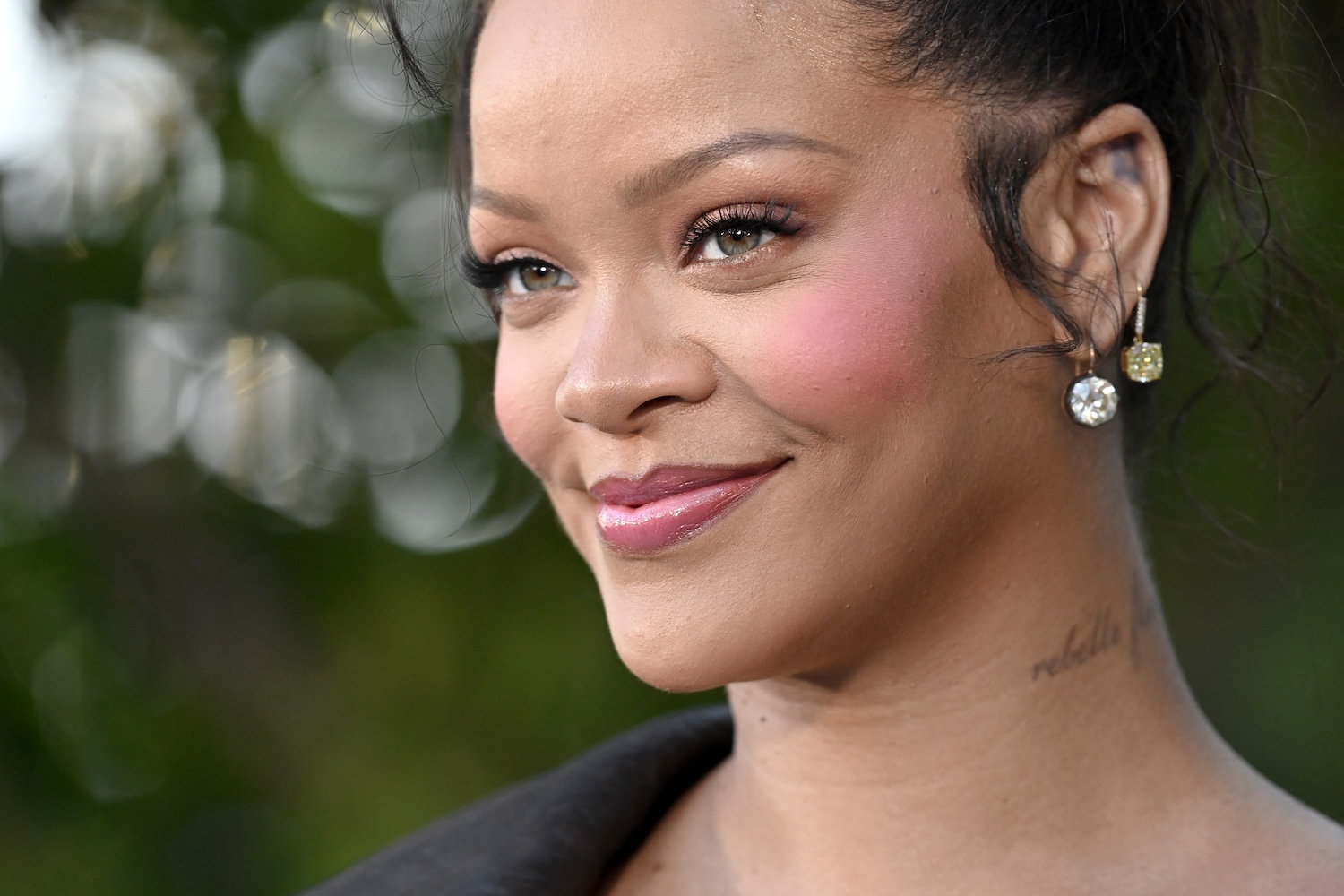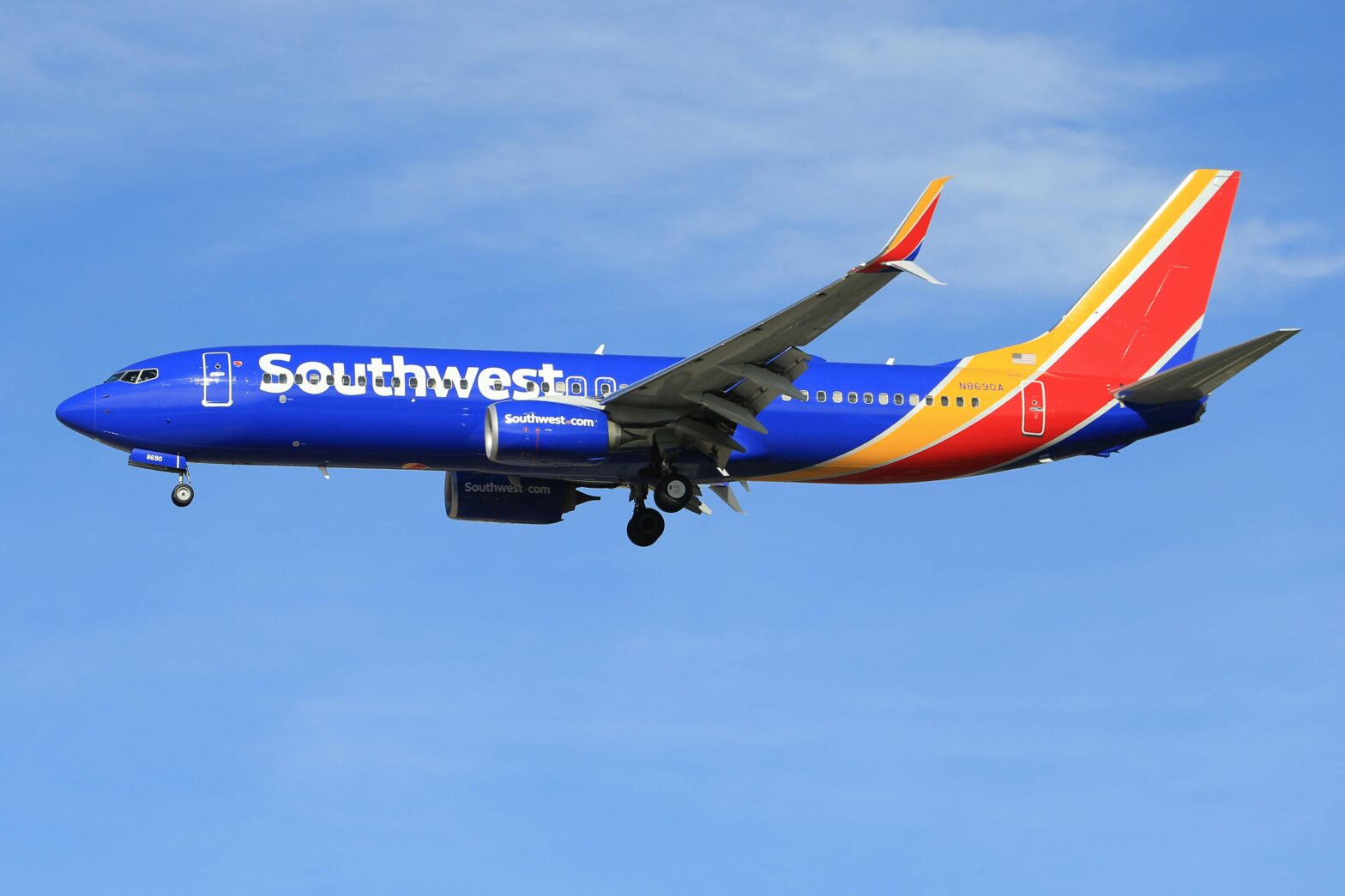Every October the United Kingdom celebrates ‘Black History Month’; across the country there are special events nation-wide and schools across the UK teach children about notable Black Brits from history.
Earlier this year, in a ground-breaking moment, Wales became the first nation in the United Kingdom to make the teaching of black history compulsory in schools. There have been calls for England, Scotland and Northern Ireland to follow. Organizations such as ‘The Black Curriculum” seek to address the absence of black history teaching in British schools. Although all schools are encouraged to teach black history, except Wales, it is still not mandatory.
How Black History Month came to be celebrated in the UK is a unique story that many of the British public themselves are not aware of. Black History Month UK was founded in 1987 by the Ghanaian-born activist Akyaaba Addai Sebo. Dismayed that black children in the UK seemed increasingly disconnected from their history, he proposed an “annual celebration of the contributions of Africa, Africans and people of African descent to world civilization from antiquity to the present”.
He chose the month of October so that black school children across the nation would begin the school year learning about the history and achievements of their community, instilling them with a sense of pride. As Akyaaba Addai Sebo so eloquently puts it: “Self-pride is the catalyst for achievement, and there is no greater ‘truth’ than knowing yourself.”
So, in the spirit of celebration, let’s take a look at eight Black Brits who made history!
1. Sarah Forbes Bonetta
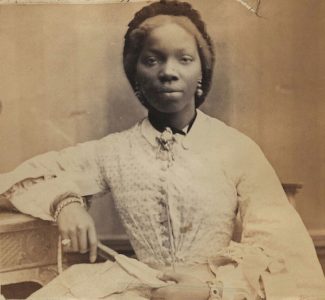
Born in Nigeria in 1843, Omoba Aina was brought to England as a child by the British captain, Frederick E. Forbes. Captain Forbes named Omoba ‘Sarah Forbes-Bonetta’, after his ship. In 1850 Sarah met Queen Victoria who, impressed by the girl’s intelligence, adopted her as her goddaughter.
In 1862, Sarah married a wealthy Yoruba businessman named Captain James Pinson Labulo Davies. They had three children, the eldest of whom was named Victoria and who was also the queen’s goddaughter. Sarah died of tuberculosis in 1880. Her husband erected an obelisk in Lagos in her honor.
2. John Blanke
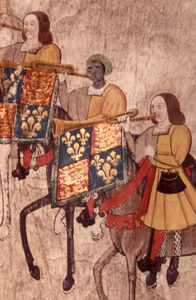
John Blanke was a 16th century trumpeter in the royal courts of King Henry VIII. Known to be active as a musician between 1501 and 1511, John Blanke was thought to have come to England as an attendant of Catherine of Aragon, the first wife of King Henry VIII. John is remarkable for being one of the earliest recorded Black people in England following Roman rule.
Very little is known about John Blanke’s life other than he successfully petitioned Henry VIII for a pay raise; the king doubled John’s wages from 8 pence a day to 16 pence a day. He knew his worth! John is depicted twice in the 1511 Westminster Tournament Roll.
3. William Brown
In 1815, William Brown became the first documented Black woman to serve in the British Royal Navy. At the time, only men were permitted to serve, and so William (whose birth name is unknown) had to pass as a man.
She is recorded in the 1815 muster list of the ship HMS Queen Charlotte, where William appears to have been discharged for ‘being a female’. According to the muster list, she was a 21-year-old landsman and hailed from the island of Grenada.
In the same year an article appeared in The Times about her which claimed that William was ‘a female African’ and highly skilled seaman who had served in the Royal Navy for over eleven years.
4. Pablo Fanque
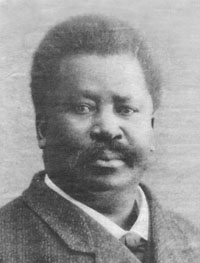
Pablo Fanque (real name Willam Darby) was the first recorded Black, British circus owner in history. He ran a popular circus in Victorian Britain for over 30 years.
Pablo was born in Norwich, England, circa 1810. At age 11 Pablo began his career as an equestrian and tight rope walker.
Pablo went on to operate his own circus, which he toured for thirty years across the UK and Ireland. His own children joined the circus, and as a family, they were said to perform with the biggest names in the business. In 1967, Pablo was mentioned in a song by the Beatles.
5. Olive Morris
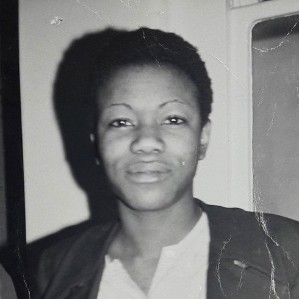
Olive Morris was a community leader and activist in the feminist, Black nationalist, and squatters’ rights campaigns of the 1970s.
Born in Jamaica in 1952, Olive Morris moved to the UK as a child. She was a member of the British Black Panther Movement and a key activist in the Black Women’s Movement of the 1970s. Together her and fellow activist Liz Obi founded a squat at 121 Railton Road in Brixton which became a cornerstone of Black feminist and Black Nationalist activity in London.
Olive also co-founded the Organization of Women of African and Asian Descent in 1978, before passing away aged 27 the following year. Her legacy is continued by the blog the Remembering Olive Collective.
6. Ignatius Sancho
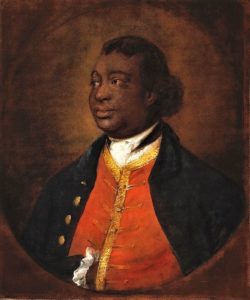
Ignatius Sancho was an abolitionist, writer, business owner and composer. Born on a slave ship on the Atlantic Ocean in 1729, Ignatius was sold into slavery and spent eighteen years in the service of an English family. He escaped and eventually established his own business as a bookkeeper. He became a key figure in the British abolitionist movement, and campaigned tirelessly against the institution of slavery.
What is particularly remarkable about Ignatius Sancho is that he is the first known Black British person to have voted. His status as a property owner made him eligible to vote, which he did for the first time in 1774.
Ignatius passed away in 1780 and two years later a collection of his letters were published which detailed first-hand his experience of slavery.
7. John Ystumllyn
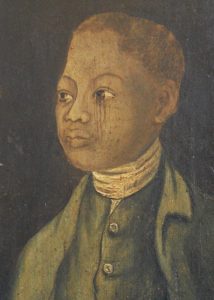
John Ystumllyn was an 18th-century Welsh gardener and the first well-recorded black person to live in North Wales. Little is known about John Ystullym’s early life other than he was originally from Africa and was kidnapped and sold into slavery as a child. He was ‘gifted’ to the Wynn family in Wales who christened him John, and he worked as a gardener on the Criccieth estate on and off from 1742 to 1786.
He learned both English and Welsh, and was regarded as a well-respected member of the community. John married Margaret Gruffydd, with whom he had seven children. He died in 1791. Today there is a hotel named ‘Black Boy Inn’ after John Ystumllyn.
8. Fanny Eaton
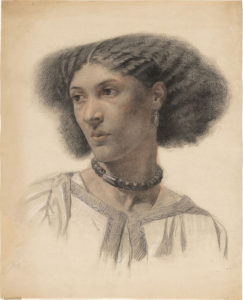
Fanny Eaton was a Jamaican-born model for the Pre-Raphaelite Brotherhood in England between 1859 and 1867. Born in Jamaica in 1835, she came to England as a child and worked as a domestic servant in London. Fanny married a man named James Eaton, and they had 10 children together.
Fanny is best known for her work as a model for the Pre-Raphaelite Brotherhood, a group of English painters. She died in 1924 aged 88.
Nowadays, paintings featuring Fanny appear in the Tate, the Delaware Art Museum and at Stanford University in California. She remains a celebrated figure in British popular culture to this day.
9. Want to learn more?
For daily black history content from around the world, check out ‘Freedom Is Mine’ on YouTube and Instagram!
To find out more about Black British history in particular, visit: https://www.blackhistorymonth.org.uk/
